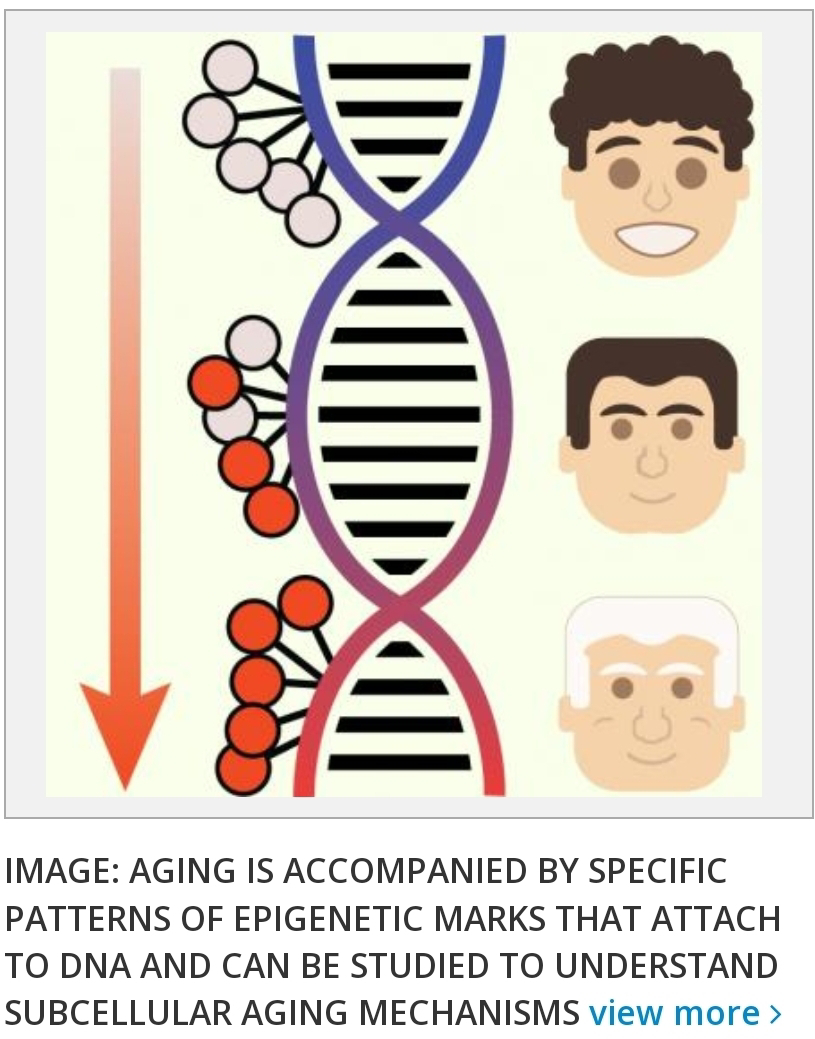Epigenetics explains Aging without Darwin
Article:”The Rate of Epigenetic Drift Scales with Maximum Lifespan Across Mammals,” by Emily M. Bertucci-Richter et al., Nature communications (11/23)
Introduction
Epigenetic drift, or the stochastic accumulation of DNA methylation changes over time, is a hallmark of aging. While the role of epigenetic drift in determining maximum lifespan across species has been debated, robust tests of this hypothesis are lacking. In this study Bertucci-Richter et al. investigated the relationship between epigenetic drift and maximum lifespan across four mammal species: humans, mice, rats, and elephants.
Methods
The researchers used whole-genome bisulfite sequencing to measure DNA methylation levels at various CpG sites (cytosine-guanine dinucleotide sequences) in blood samples from individuals of each species spanning a wide range of ages. They then calculated the epigenetic disorder, a measure of the deviation from the expected DNA methylation pattern, at different genomic resolutions (1kb, 10kb, and 100kb).
Results
The study found that epigenetic disorder increased with age in all four species and at all levels of genomic resolution tested. Importantly, the rate of epigenetic drift, defined as the slope of the age-associated increase in epigenetic disorder, was significantly higher in shorter-lived species compared to longer-lived species. This finding suggests that the accumulation of epigenetic drift over time may contribute to the determination of maximum lifespan across mammals.
CpG Density
CpG density, the frequency of CpG sites in the genome, has been proposed to play a role in buffering against epigenetic drift. To test this hypothesis, the researchers examined the relationship between CpG density and the rate of epigenetic drift. They found that CpG density was negatively associated with the rate of epigenetic drift, suggesting that CpG-rich regions of the genome may be more resistant to epigenetic changes.
Discussion
The findings of this study provide strong evidence to support the hypothesis that the rate of epigenetic drift is a key determinant of maximum lifespan across mammals. The study also suggests that CpG density may play a role in modifying the accumulation of epigenetic disorder across the genome. These findings have important implications for our understanding of aging and the development of interventions to extend lifespan.
Conclusion
The study by Bertucci-Richter et al. (2023) significantly contributes to our understanding of the role of epigenetic drift in aging and lifespan determination. The findings have important implications for the development of anti-aging interventions and for understanding the biological basis of individual differences in lifespan.
The implications of this study challenges neo-Darwinism in several ways.
First, the study found that the rate of epigenetic drift increases with age in all four species studied. This finding is consistent with the idea that epigenetic drift is a major driver of aging, but it is not easily explained by neo-Darwinism. NeoDarwinism posits random mutations cause aging but epigenetics works outside of sequence change. Neo-Darwinism is a theory of evolution that emphasizes the role of natural selection in driving changes in organisms over time. However, natural selection does not influence the accumulation of epigenetic changes that damage an organism's health.
Second, the study found that the rate of epigenetic drift is correlated with maximum lifespan across the four species studied. This means that species with longer lifespans have lower rates of epigenetic drift. This finding is also difficult to explain by neo-Darwinism, as it suggests that there is a trade-off between lifespan and the rate of epigenetic drift.
Third, the study found that the density of CpG dinucleotides, which are sites where DNA methylation can occur, is negatively correlated with the rate of epigenetic drift. This finding suggests that CpG density may protect against epigenetic drift. This finding is also not easily explained by neo-Darwinism, as it suggests that there is a genetic mechanism that can affect the rate of epigenetic drift aside from random mutations.
Overall, the study provides strong evidence that epigenetic drift is a major driver of aging and that it plays a role in determining maximum lifespan across mammals. These findings are difficult to explain by neo-Darwinism, and they suggest that there may be other factors, in addition to natural selection, that are important for understanding the evolution of aging.




Comments
Post a Comment